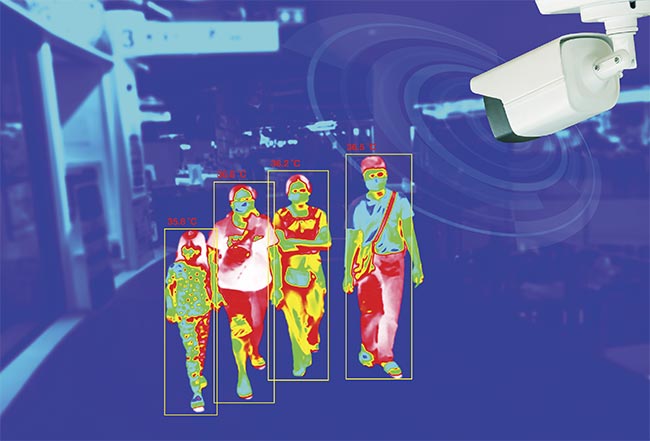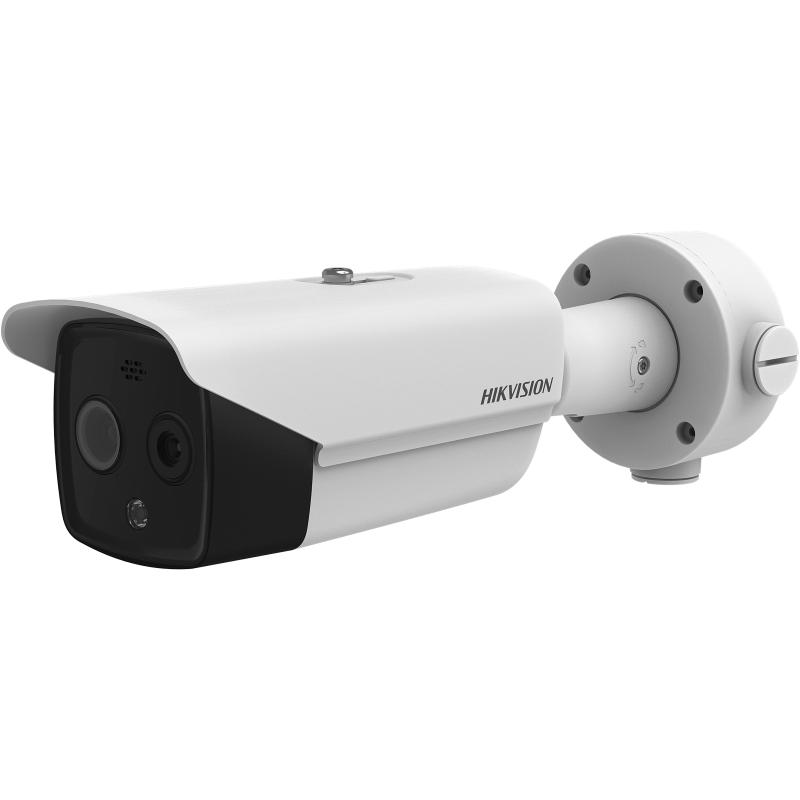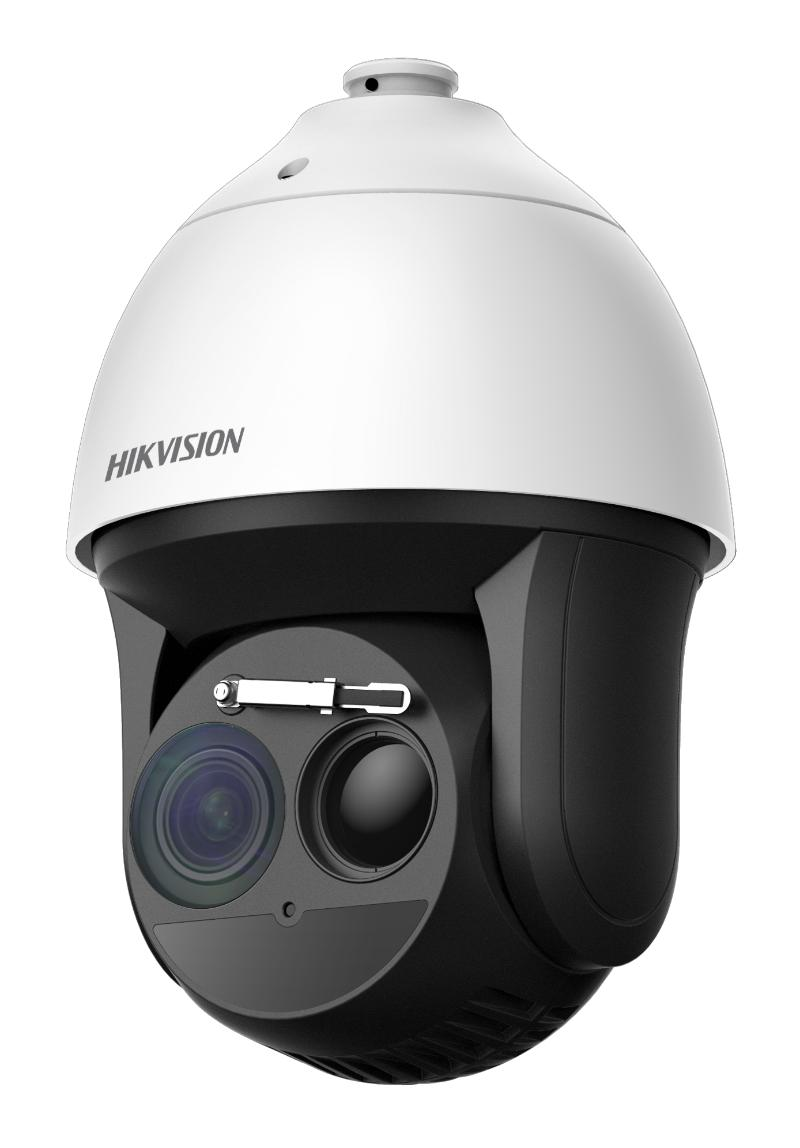Explore the capabilities of Hikvision DS-2TD2617-10/QA and DS-2TD4137-25/W thermal cameras, presented by HIKD, a leading global video solutions provider and core partner of Hikvision. Discover the advanced features, including high-resolution imaging, temperature exception alarms, intelligent algorithms, and more. Maximize the potential of thermal video surveillance for superior security outcomes.
In today's security landscape, thermal video surveillance cameras have emerged as a standout choice due to their unique ability to operate effectively in various environments. They offer round-the-clock monitoring capabilities, even in conditions of absolute darkness or extreme weather. To optimize the potential of thermal cameras for enhanced surveillance, it is crucial to understand their functioning and implement best practices. In this article, HIKD Senior Engineer Franz Wagner delves into the features and application guidelines for thermal video surveillance cameras.
HIKD, a leading global video solutions provider and core partner of Hikvision, offers a range of cutting-edge thermal cameras designed to meet diverse surveillance requirements. Let's explore two notable models: the Hikvision DS-2TD2617-10/QA Thermal & Optical Bi-spectrum Network Bullet Camera and the Hikvision DS-2TD4137-25/W Thermal & Optical Bi-spectrum Network PTZ Camera.
The DS-2TD2617-10/QA boasts a resolution of 160 × 120, equipped with a 17 μm, VOx UFPA sensor that ensures high accuracy temperature exception alarms. With a temperature range of -20 °C to 150 °C (-4 °F to 302 °F), it provides precise temperature monitoring with an impressive tolerance of ± 8 °C (±14.4 °F). The camera's image processing technology includes linear, histogram, self-adaptive thermal AGC mode, dynamic detail enhancement (DDE), and 3D digital noise reduction (3D DNR). These features enable optimal thermal imaging performance for various applications.

On the other hand, the DS-2TD4137-25/W Thermal & Optical Bi-spectrum Network PTZ Camera excels in perimeter protection. It incorporates intelligent algorithms for functions like line crossing, intrusion detection, and region entrance and exit. With its 384 × 288 resolution and a high-quality 17 μm, VOx UFPA sensor, the camera delivers exceptional thermal imaging quality. The image processing technology includes linear, histogram, self-adaptive thermal AGC mode, DDE, and 3D DNR, ensuring clear and detailed thermal imaging results. Furthermore, this camera offers advanced features such as smart tracking (panorama, event, and multi-scene patrol tracking) and smart tracking linkage between thermal and optical views.
As a core partner of Hikvision, HIKD is committed to providing exceptional video solutions with a focus on competitive pricing and excellent service. With their comprehensive range of thermal cameras, HIKD empowers organizations to harness the power of thermal imaging technology for robust surveillance.
To make the most of thermal video surveillance cameras, the following best practices should be followed:
1. Correct Installation: Ensure proper placement of cameras to maximize coverage and consider external factors that may affect thermal readings, such as wind, sun glare, and precipitation.
2. Optimize Camera Settings: Familiarize yourself with the camera's settings, including sensitivity, contrast, and polarity, to customize the camera's performance to your specific surveillance needs.
3. Maintenance and Calibration: Regularly clean lenses, perform software upgrades, and conduct thermal calibration to maintain accurate heat readings and ensure the camera's integrity.
4. Compatibility with Other Security Systems: Combine thermal cameras with other security systems, such as traditional cameras, intrusion detection systems, or AI-powered analytics software, to enhance overall surveillance capabilities.
5. Education and Training: Provide operators with the necessary knowledge and training to effectively operate and maintain thermal cameras, analyze images, adjust settings, and stay updated on the latest techniques and best practices.
6. Considerations for Privacy: Adhere to ethical and legal responsibilities concerning privacy when using surveillance cameras, ensuring compliance with applicable laws and respecting individual privacy rights.
7. Choosing the Best Resolution: Balance your needs and budget when selecting the camera resolution, considering that even low-resolution thermal cameras often outperform high-resolution standard cameras in low-light conditions.
8. Best Application of Analytics Software: Configure and calibrate analytics software properly to leverage features such as motion detection, automatic tracking, and AI algorithms, reducing false alerts and maximizing performance.
9. Sufficient Power Supply and Protection: Ensure a stable and secure power source for uninterrupted surveillance, considering battery backups or uninterruptible power supply (UPS) systems as necessary.
10. Weather-Resistance Measures: Weatherproof thermal cameras to withstand rain, snow, high temperatures, and potential damage from animals or birds. Employ weather-proof housings or covers for added protection.
By implementing these guidelines, security professionals can optimize the functionality and dependability of Hikvision thermal video surveillance cameras. With the potential advantages provided by thermal imaging technology, organizations can achieve superior surveillance outcomes. Embrace the power of thermal surveillance cameras, backed by HIKD's expertise and Hikvision's advanced solutions, to enhance your security strategies.


